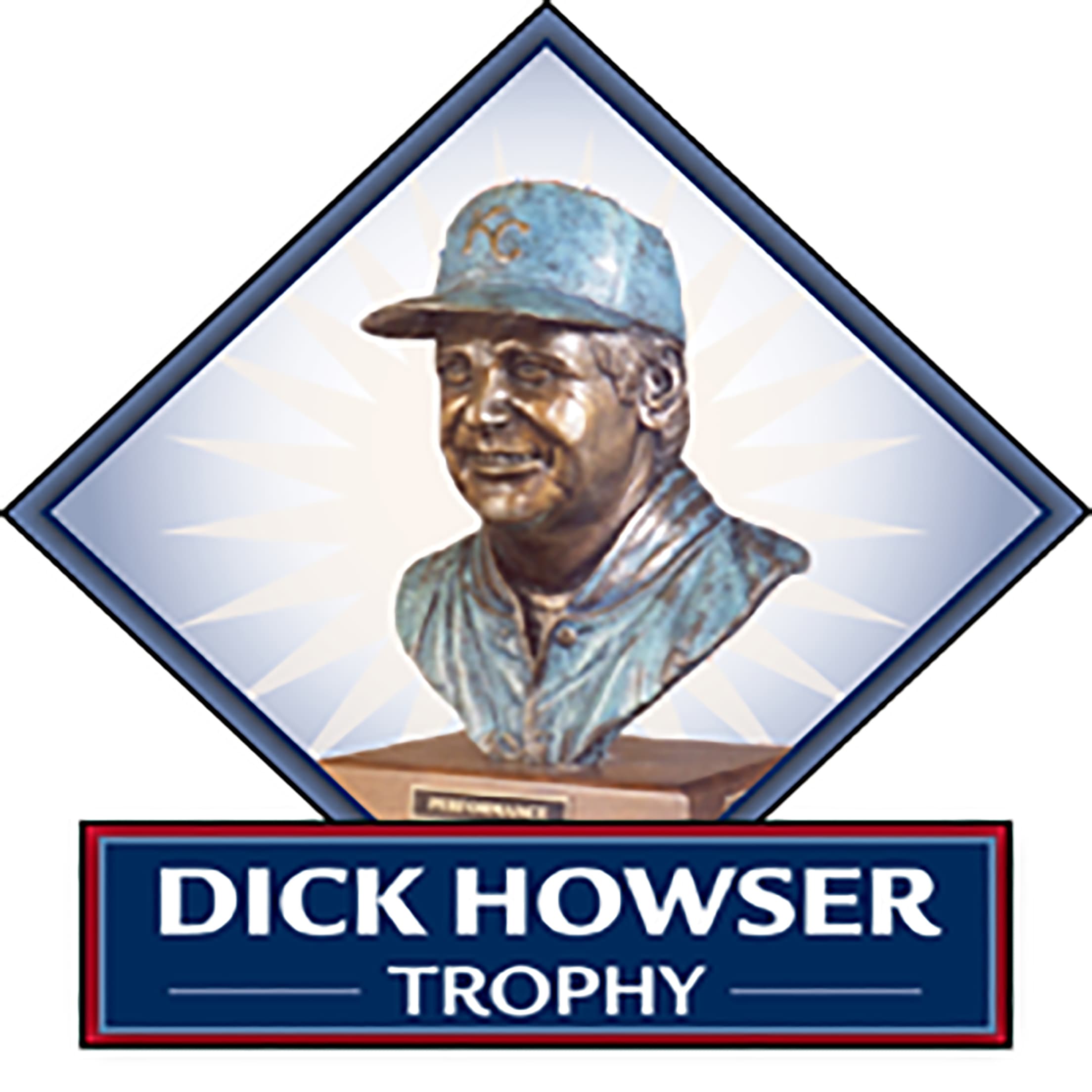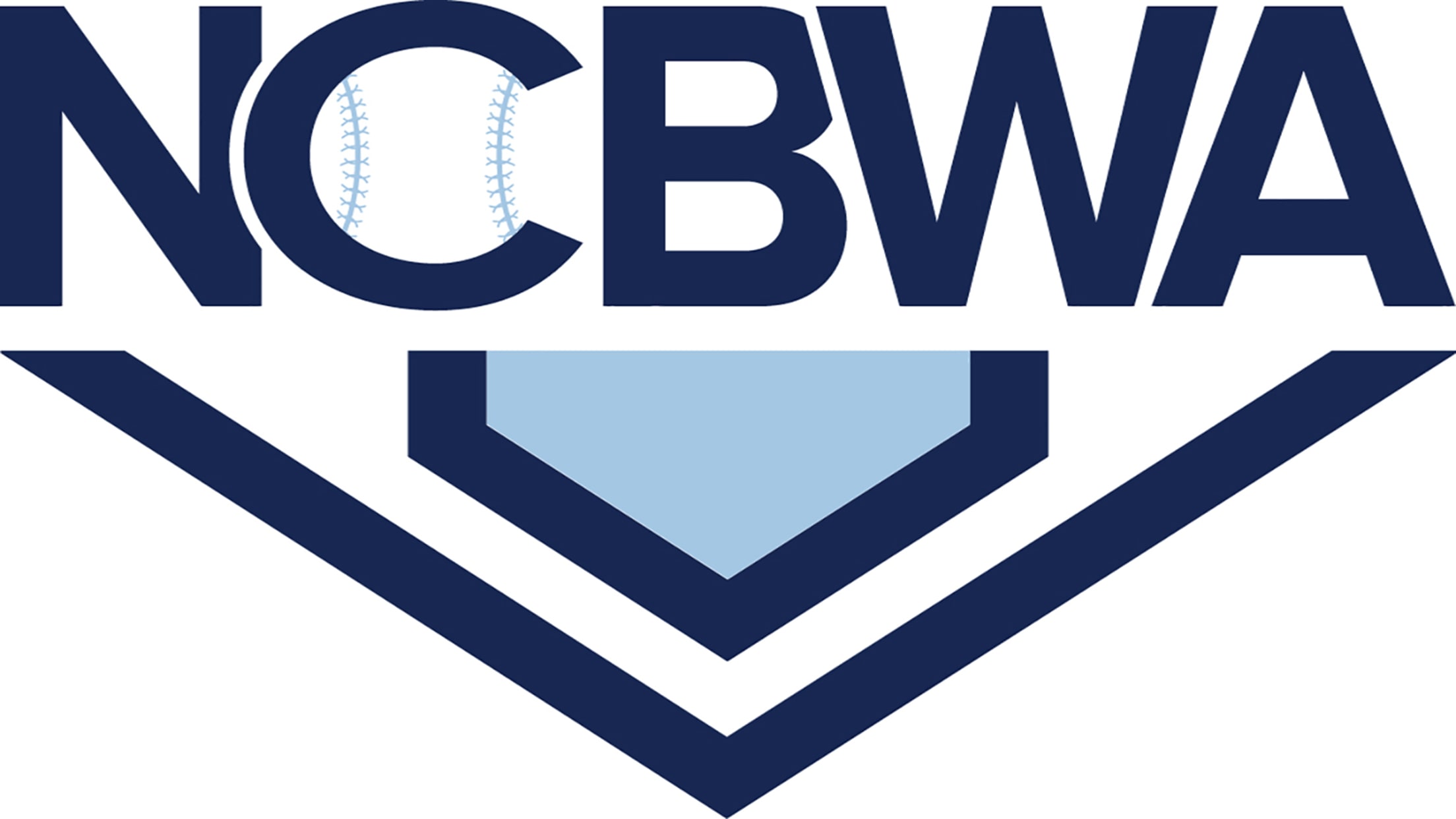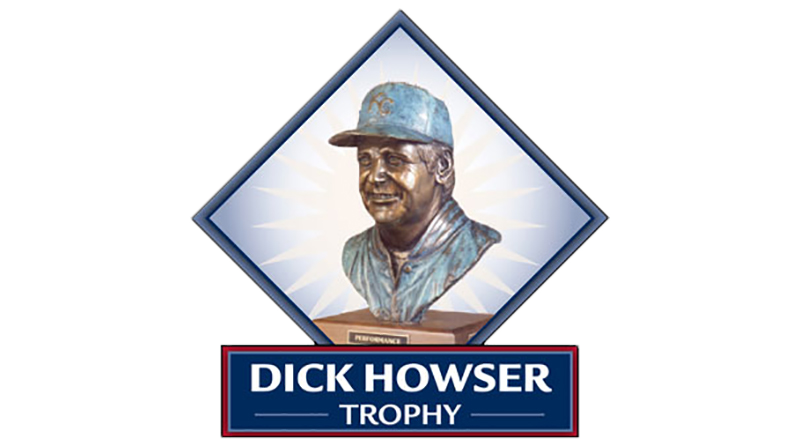Dick Howser Trophy
ABOUT THE AWARD
Established in 1987, the Dick Howser Trophy awards the nation's top baseball player in the United States each year, likened to the Heisman Trophy in college football. The four cornerstones of the award, emulating Dick Howser, are courage, character, leadership and performance, both on and off the field.
ABOUT DICK HOWSER
Dick Howser grew up in South Florida and graduated from Palm Beach High School in 1954. Howser was a small, successful high school player. His childhood friend, actor Burt Reynolds, was a quarterback at Palm Beach High School, and together they chose Florida State University. Howser started each of his four years at FSU under head coach Danny Litwhiler and graduated in 1958.
In 1956, Howser set a single-season record with a batting average of .422, to be exceeded decades later by fellow Seminole Buster Posey. In 1957, Howser's junior year, he was named an All-America student-athlete. He was the first player in the state of Florida to be recognized with such distinction in college baseball. 1957 also marked FSU's first berth in the College World Series, with a team that included Ron Frazier and Lee Corso. In his senior year (1958), Howser was recognized as an All-American again, becoming the first player ever from the state of Florida to be named twice.
Upon graduation, he was signed by the Kansas City Athletics and played two very good seasons in the Minor Leagues. His breakout season in the Majors was 1961, playing shortstop for the A's. In that first season, Howser was named the Sporting News Rookie of the Year and was elected to the American League All-Star team. He played seven more seasons concluding in 1968 with the Cleveland Indians and New York Yankees.
Howser then became the third-base coach for the Yankees, a position he held for 10 seasons.
Before the 1979 season, Howser was offered to return to Florida State as head coach. After much consideration, and as one of very few people in Major League Baseball have done, he accepted the position and moved from the Yankees back to the Seminoles.
Howser enjoyed a successful season at Florida State, as the team finished with a record of 43-17-1. At the end of the season, the Yankees came back to Howser with an offer to manage the Yankees. While he had made his permanent home in Tallahassee, Florida, years prior, the opportunity to become manager of the Yankees was compelling. Again after much consideration, he accepted the position to return to the Yankees and vacated the head coaching position at Florida State. Head coach Mike Martin Sr. has been the coach of Florida State since that time.
In 1980, Howser managed the Yankees to 103 wins, a historic season for any MLB team and a benchmark accomplished historically by few. Yet a loss in a postseason series to the Kansas City Royals that year rendered his famous firing by owner George Steinbrenner. Howser retired; or so he thought.

(Photo credit: Kansas City Royals)
A brief time later, a call came from the city of his professional baseball beginnings, Kansas City. Royals owner Ewing Kauffman and general manager John Schuerholz called Howser, extending an offer to manage the Royals. Howser's retirement was brief. He was named the manager of the Royals and began his first full season in 1981.
Howser and John Schuerholz built a stronger team in each of the subsequent years. The culmination was 1985, when the Royals won the World Series in seven games against the St. Louis Cardinals in a series known as the I-70 series.
The following season, 1986, Howser was the manager of the American League All-Star team, a position secured by way of managing the American League championship team in the prior year's World Series. On the day of the All-Star Game at the Houston Astrodome, Howser uncharacteristically became disoriented, confused about players and the positions they played. That evening his condition continued to get worse. Yet the American League won that game.
Within days, Howser was diagnosed with malignant brain cancer. The Royals held his position for him in the chance that he may return. That was Howser's goal, to return to baseball. On June 17, 1987, less than a year after his last game as a manager of the American League in the All-Star Game, Dick Howser passed away at age 51.
It was during the year of his illness that a group of friends in South Florida discussed the need for a national collegiate player of the year award. Started by the St. Petersburg Area Chamber of Commerce, the presentation of the Dick Howser Trophy began in 1987, named in memory of Howser's courage, character, leadership and performance, a baseball man whose collegiate baseball experience positively affected every area of his life. Mike Fiore of the University of Miami (1987) and Robin Ventura of Oklahoma State University (1988) were the first two recipients. The fine tradition continues.
That same year, the Florida legislature unanimously voted to re-name Seminole Field at Florida State University in Tallahassee to Dick Howser Stadium. It is known today as Mike Martin Field at Dick Howser Stadium. To commemorate the occasion in March 1988, the Royals played an exhibition game against the Seminoles, presided over by Howser's friend Dr. Bobby Brown, Major League Baseball's American League president, a former Yankees player who played college baseball at UCLA, Stanford and Tulane.
Halls of Fame and retired numbers:
No. 34: Florida State University: the first and only Seminole baseball number retired to date
No. 10: Kansas City Royals: the first number retired in team history
1978: Florida State University Athletics Hall of Fame election
2008: National College Baseball Hall of Fame election: First FSU Seminoles player to receive this honor
Dick Howser's life is remembered largely by his marks over a lifetime in the game of baseball. In the spirit of Howser and in honor of his courage, character, leadership and performance throughout his life, the Dick Howser Trophy is awarded each year to the national NCAA Division I Player of the Year, one who best exemplifies these virtues.


Official voting body of the Dick Howser Trophy
IMPORTANT DATES
Check back later for 2026 Dick Howser Trophy announcement dates.
